Antennagate: Apple’s iPhone 4 controversy
What sparked Antennagate, Apple’s first major controversy? When the company introduced the iPhone 4 on June 24, 2010, the tech world buzzed about the device’s radical industrial design: a sleek metal frame doubled as the device’s antenna.
However, this innovation brought with it a flaw. The segmented stainless steel band wrapped around the phone created a seam, right where users often gripped the lower-left corner. If a user’s skin bridged this gap, the cellular signal could drop dramatically, often to the point of dropped calls.
This phenomenon fueled Apple’s first big controversy: “Antennagate.”
How widespread was the problem?
While noted by early adopters, Apple denied that the antenna problem was widespread. And in a letter to customers on July 2, 2010, the company maintained that the iPhone 4’s antenna problem was real but fixable. Apple blamed a software error in how iOS displayed signal bars, which overstated signal strength by two bars.
Antennagate gained steam when Consumer Reports refused to recommend the iPhone 4 in a review published on July 12, 2010. The company’s lab tests confirmed that touching the smartphone’s lower-left edge could degrade the signal enough plunge the device’s bars from 5 to 0.
Apple’s reaction to Antennagate: PR, software and free bumpers
iOS 4.0.1 software update
On July 15, 2010, Apple released iOS 4.0.1. This update adjusted the “formula to determine how many bars of signal strength to display,” according to Apple’s release notes. This diminished the visual exaggeration that contributed to panic among users.
Antennagate press conference
Apple CEO Steve Jobs flew back early from a vacation in Hawaii to address the Antennagate controversy on July 16, 2010. In a memorable press briefing, he acknowledged smartphones — including iPhone 4 — had weak spots and demonstrated how other phones produced by Research in Motion an dothers shared similar flaws.
Jobs noted the issue impacted a small fraction of users (saying Apple received 0.55% complaints, 1.7% returns, slightly better than the 3GS rate). He also said Apple was satisfied with the iPhone 4’s hardware.
“We’re pretty happy with the antenna design,” he said. “We’re not feeling right now that we have a giant problem that we need to fix.”
You can watch the Antennagate press conference in the video below:
Free bumper cases
To mitigate the iPhone 4’s reception problem, Apple offered free “bumper” cases to every iPhone 4 owner through September 30, 2010. The cases prevented skin from bridging the seam, effectively solving the attenuation problem. Users who had already bought one even got a refund.
Apple later removed these videos and messaging when reinterpretation suggested attenuation affected all smartphones.
Was the iPhone 4 hardware a misstep?
A Bloomberg report in July 2010 revealed that Ruben Caballero, a senior antenna engineer at Apple, had warned Steve Jobs that the external antenna design might cause reception problems. Apple denied these reports, however, and stuck with its public narrative.
Still, the Antennagate controversy highlighted how Apple’s design-first ethos could clash with practical engineering.
Legal fallout and final settlement
Multiple class-action lawsuits accused Apple of misrepresentation and concealment regarding antenna performance. In February 2012, Apple settled, offering U.S. customers $15 in cash or an additional bumper case. This payout was claimed by between 21 million and 25 million users.
Antennagate’s aftermath and legacy
Antennagate tested Apple’s transparency and crisis readiness, ultimately leading to a very public apology, a software fix, a free case program and a massive lawsuit payout, all while the iPhone 4 sold a record-breaking number of units.
The controversy underscores that even iconic design must be grounded in physics. It also illustrates that public trust is earned not just with innovation, but with response and responsibility.
Though sensational at the time, only about one call in a hundred was affected by the antenna problem. That’s far from a catastrophe. And despite the Antennagate controversy, the iPhone 4 still became Apple’s top-selling iPhone to date.
Apple also learned something from it all. The next-generation iPhone 4s featured a redesigned antenna system with intelligent dual-antenna switching to improve performance and avoid problems similar to the ones experienced by iPhone 4 users.
Read Cult of Mac’s latest posts on Antennagate:
 July 12, 2010: The iPhone 4 suffers a major blow when respected trade publication Consumer Reports says it can’t, in good faith, recommend the new Apple smartphone. The reason the magazine refuses to give its vaunted “recommended” label to the previously top-ranked device in its devastating iPhone 4 review? A little Apple scandal called “Antennagate.”
July 12, 2010: The iPhone 4 suffers a major blow when respected trade publication Consumer Reports says it can’t, in good faith, recommend the new Apple smartphone. The reason the magazine refuses to give its vaunted “recommended” label to the previously top-ranked device in its devastating iPhone 4 review? A little Apple scandal called “Antennagate.”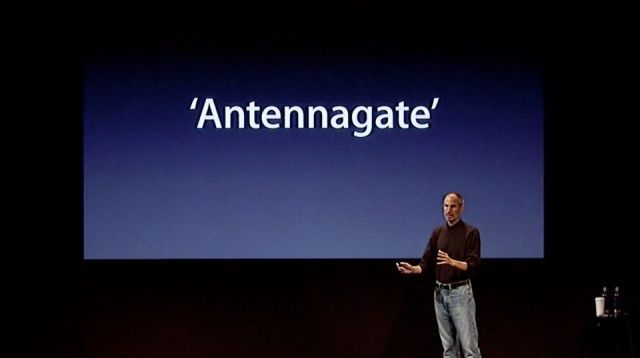

 July 2, 2010: Apple opens up about “
July 2, 2010: Apple opens up about “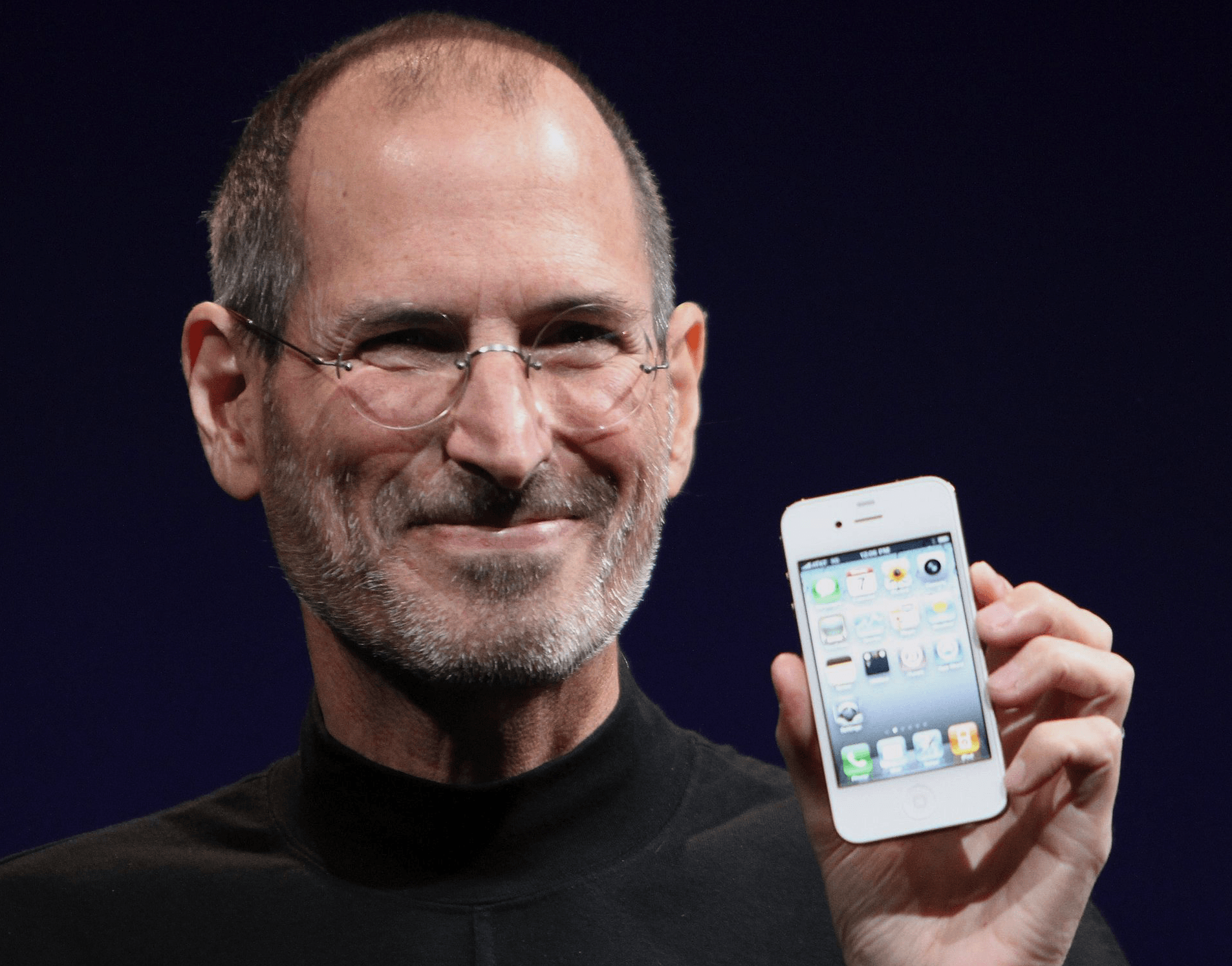
 June 16, 2010: Apple reports a massive surge of interest in its latest smartphone, with iPhone 4 preorders racking up 600,000 sales on their first day.
June 16, 2010: Apple reports a massive surge of interest in its latest smartphone, with iPhone 4 preorders racking up 600,000 sales on their first day. March 29, 2012: Apple settles its “Antennagate” controversy by giving affected iPhone 4 owners the chance to claim a whopping $15 payout. The settlement covers customers who experienced problems with the phone dropping calls due to its cutting-edge design, but were unable to return their handsets (or didn’t want a free bumper from Apple to mitigate against the problem).
March 29, 2012: Apple settles its “Antennagate” controversy by giving affected iPhone 4 owners the chance to claim a whopping $15 payout. The settlement covers customers who experienced problems with the phone dropping calls due to its cutting-edge design, but were unable to return their handsets (or didn’t want a free bumper from Apple to mitigate against the problem).
![The Patriots are the Apple of football [Opinion] The Patriots aren't doomed, and neither is Apple.](https://www.cultofmac.com/wp-content/uploads/2020/01/patriots.jpg)

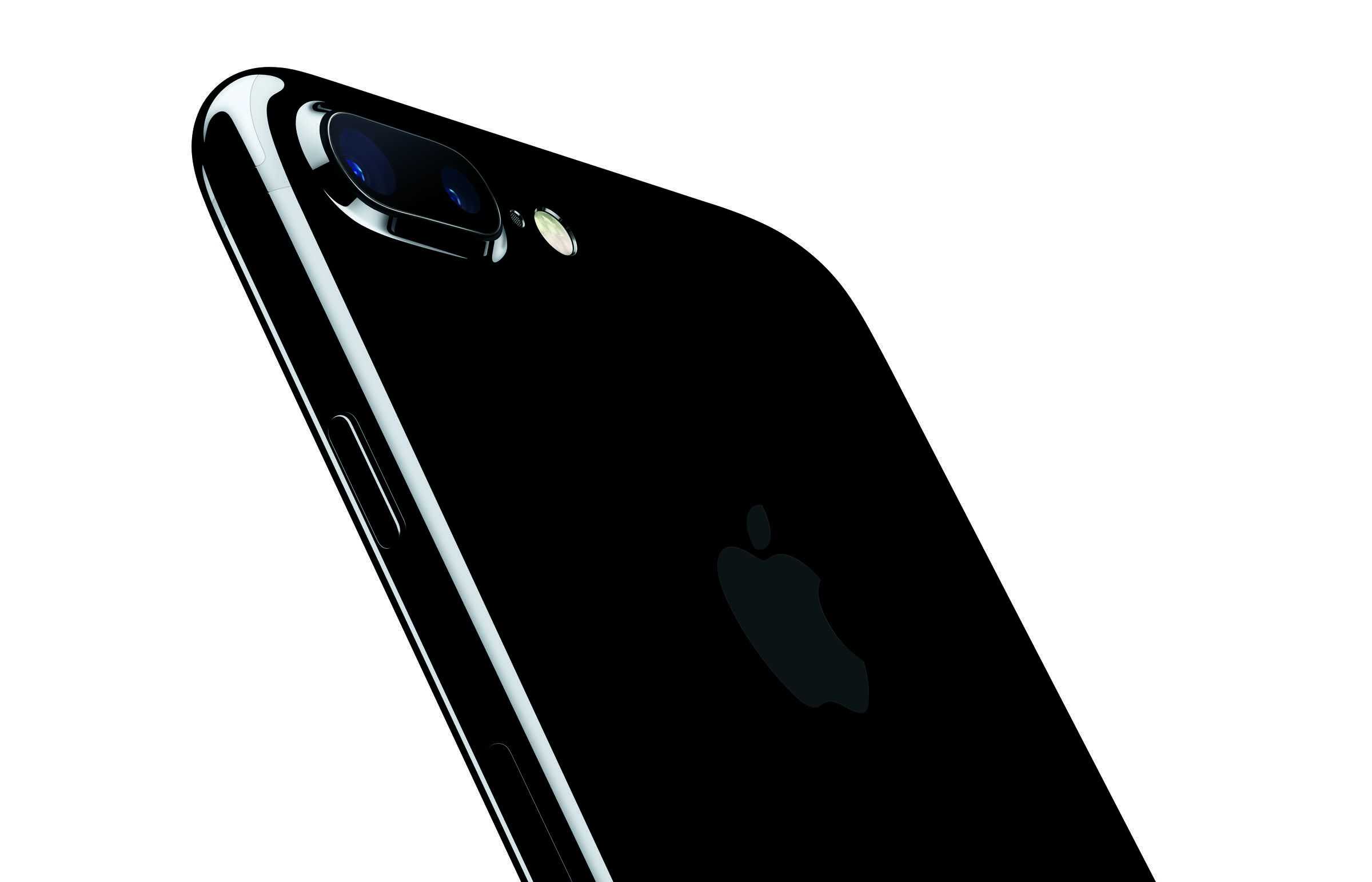
![Has Apple become boring in its middle age? [Friday Night Fights] fnf](https://www.cultofmac.com/wp-content/uploads/2016/04/fnf.jpg)


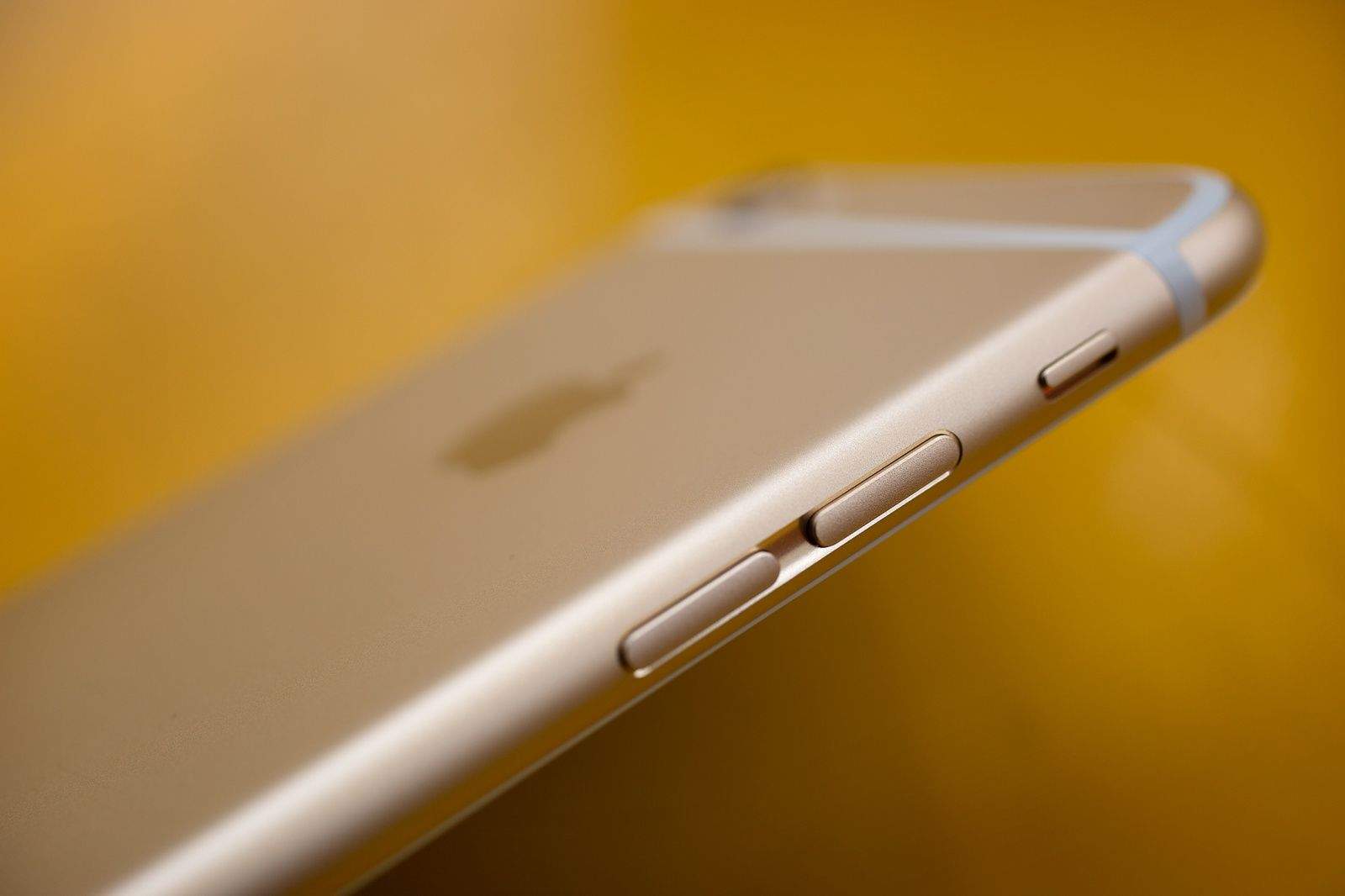
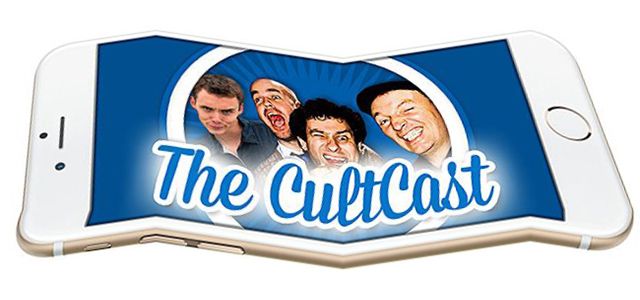


![Did Tim Cook Need To Apologize For Apple Maps? [Let’s Talk]](https://www.cultofmac.com/wp-content/uploads/2012/09/timcook1.jpg)
![Jonathan Mann Does Another Duet With Siri To Celebrate Her First Birthday [Video] post-192957-image-2ad95c8df7aca65a79389bc4be40b7a3-jpg](https://www.cultofmac.com/wp-content/uploads/2012/09/post-192957-image-2ad95c8df7aca65a79389bc4be40b7a3.jpg)
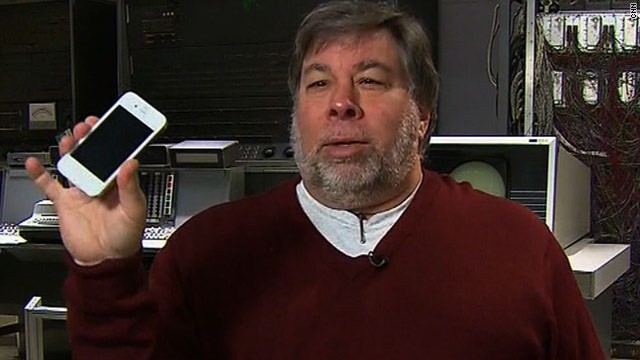
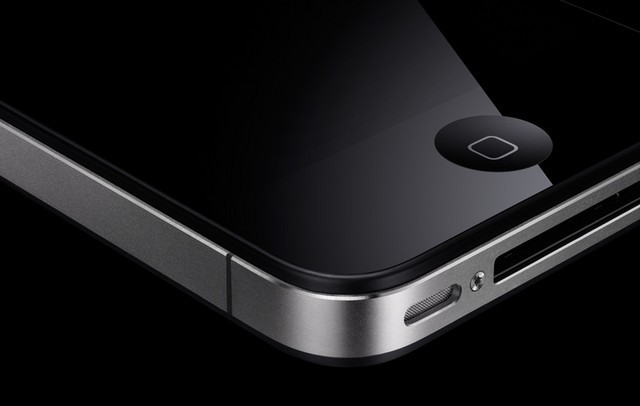
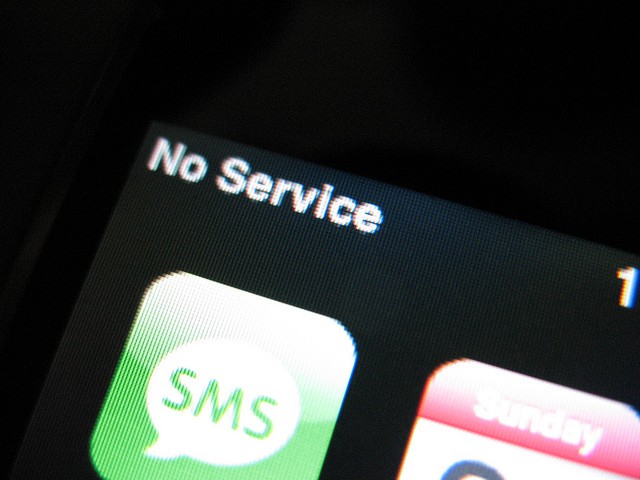

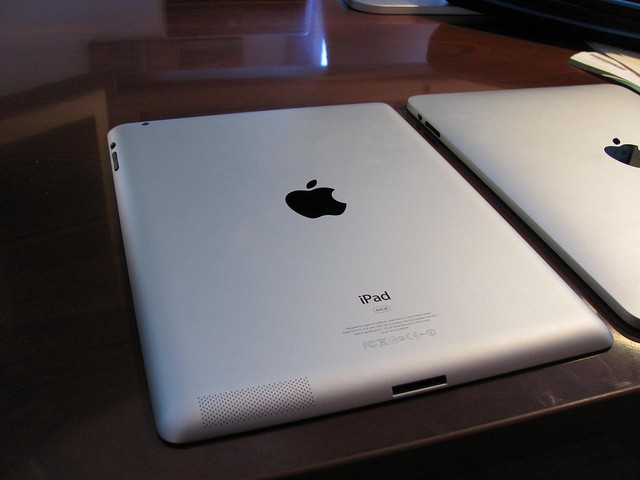

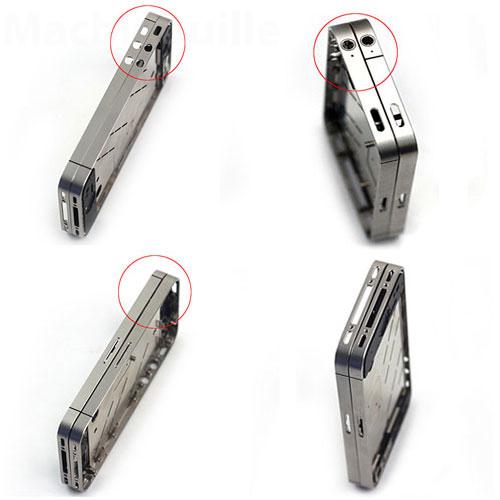
![Ten Big Apple Stories of 2010… And What They Mean For 2011 [Year in Review] Gizmodo-iPhone-Jason-Chen-e12936176299231.jpg](https://www.cultofmac.com/wp-content/uploads/2010/12/Gizmodo-iPhone-Jason-Chen-e12936176299231.jpg)

